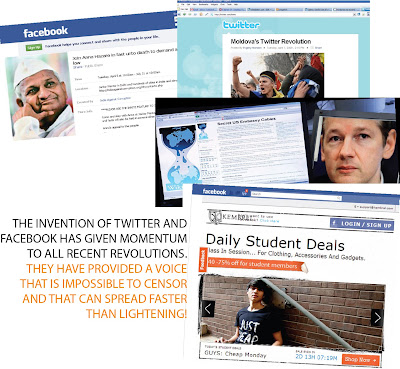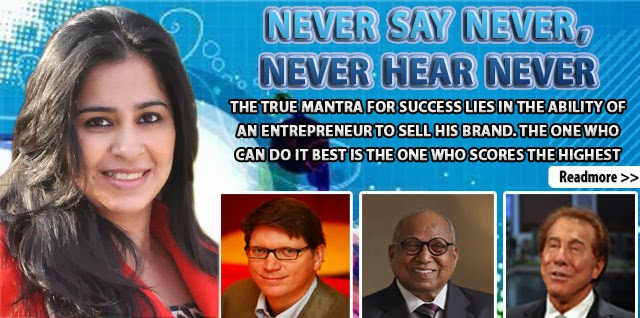FAR FROM REALITY
It’s not enough to advertise. Companies like Unilever, Medimix and Reliance Comm. have focused more on changing consumer perceptions and succeeded.
A recent study was done on children aged between three and five. Each child was given two samples of food, one in McDonald’s packaging and one in plain wrapping. The children found the food in McDonald’s packaging up to six times more appetising than the one in plain packaging. Fact was that other than packaging, both samples were identical!
A survey was conducted and respondents were asked to recall a brand. Almost all could remember the brand and most of them claimed they saw the product being advertised on television. The company was confused, as they had never advertised on television! In another survey, the number of people who recalled seeing an ad in a prestigious publication exceeded its readership. Why do such things happen? The simple answer is – certain brands remain at the top of your mind and you think you saw them in places where they didn’t exist.
As marketers we have important lessons to learn from these outcomes. The consumer sees your products, judges it and analyses it completely differently from the way marketers look at the brand and their strategies.
During food poisoning, diarrhoea et al, the doctor might advice you to consume Limca in small sips to replace body salt… the reality is it is just another carbonated beverage. Sprite, 7 Up, Canada Dry will never be able to figure out why people preferred Limca over their product when all were identical.
Pepsi encountered the same confusion when in 70s it did a blind taste test. People were asked to choose which one they preferred, Coke or Pepsi (without showing the brand names). Most could not differentiate between Coke & Pepsi, and those who could, said that they thought Pepsi tasted better. Yet, when they were actually shown the brand names, 3 out of 4 preferred Coke.
We associate certain images, certain feelings with certain brands. So then is it true that how we choose a particular brand, curiously has nothing to do with conscious preference – rather the subconscious. Probably yes. Consumers have their own set of perceptions that successful marketers need to understand. Consider this: sachets costs more than regular sizes in terms of “per ml” cost. Yet across the spectrum, consumers have readily paid a premium for these sachets, without even realising it.
Many a times it’s the popularity of a particular brand that gives it the real edge. In a survey carried out by Young & Rubicon, it was found that brands such as Kodak, Maruti, Pepsi, Amul and Raymond were topmost in consumer mind in terms of “brand esteem.” The fact was most of their opinion were based on the popularity than the quality judgment of the brand.
Brand perception influences purchase decisions and advertising plays a very powerful role in building that perception. No wonder FMCG majors opt for high decibel advertising to reinforce the notion of perceived superiority – and it seems to work. According to ORG-MARG, branded goods comprise for 65% of sales even in villages.
Managing or mismanaging perceptions?
Fire extinguishers were considered to be an industrial product till “Real Value” launched its hand held portable fire extinguishers for the masses. Man’s primordial “fear of fire” was used brilliantly in the ads to make people go out and buy one.
Medimix in the 60s was perceived as a medicated soap to stop itchiness and the salesman was dubbed as the “itch-soap-man.” Today, it’s one of the top 10 toilet soap brands in the country. Through continuous promotions & indirect advertising in Tamil films, the brand changed its image from a itch-soap to a beauty soap. This is very similar to what Lifebuoy has managed to accomplish. Launched as a soap which kills germs, the soap today competes with the top beauty soaps of India! It revamped its advertising totally.
In a survey, the respondents were asked to associate Bollywood superstar Amitabh Bachchan with any paint. About 80% associated him with Asian Paints. Reality was that he was endorsing Nerolac, whose biggest competitor was Asian Paints! In effect, people’s perceptions can cause your marketing and advertising strategy to backfire. Years ago when people were asked which brand of suiting Nawab Pataudi endorses, most said Raymond, when he actually endorsed Grasim! In fact, a lot of consumers cannot differentiate between Graviera, Gwalior and Grasim. Most perceive them as similar.
Just great advertisements are not enough to sell a brand. You need to find out how your brand looks from the customer’s point of view. Anil Ambani realised that people viewed his brand as not very emotive, approachable or youthful; and hardly anyone remembered its punch line “Growth is Life.” To get back into the grove and connect better with its consumers, last year, the company changed its colour coding to red & blue and the punch line to “Think Bigger.” Vijay Mallya may have taken over Air Deccan, but he has to tread with caution. People loved it for its Re.1 ticket, but the flight cancellations & delays gave Air Deccan some amount of negative publicity. Mallaya needs to structure this brand with care to gain maximum mileage.
Some things negate change
Foreign banks may cry hoarse explaining the benefits of banking with them, but somehow Indian consumers trust public sector banks more. SBI dominates the mind space of most. It’s a fact, only the very rich in India actually choose their bank – the rest generally walk into the nearest branch! The ‘sting’ in Dettol ensured that consumers picked it up as compared to Savlon for they felt it killed germs better. Safi and its bitter taste works miraculously to sustain the belief that it purifies blood. Some things just don’t change. However, sustained advertising sometimes helps, as it did for a whole lot of brands. People initially rejected Zero B water purifier. It was too small to be effective.
Kellogs (through its ads) changed the perceptions of it being expensive and not filling and nutritious enough as compared to traditional Indian breakfast dishes.
Bottled water is big business in Europe. However BBC concluded after a survey that people were actually buying the bottle – the image – not the water. According to experts, there was hardly any difference between tap and bottled water. Yet, most consumers felt that bottled water tastes clean! When Maggie was launched in India, housewives refused to accept that a nutritious meal could be prepared in just two minutes. Today Indians consume the maxium Maggie noodles in the world.
Success is more the art of managing consumer perceptions well. After all, many times, what they think is – far from reality!


Comments
Post a Comment